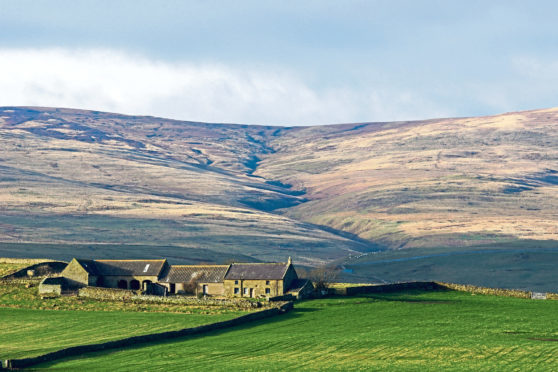Access to land is the main barrier to new entrants to farming, claims a new report.
The study, compiled by the James Hutton Institute at the request of the Scottish Land Commission, suggests that existing farmers and landowners are well placed to offer greater opportunities to new entrants, while enhancing their own businesses at the same time.
It concluded that there was a need to address issues around the balance of risk and reward on the part of existing farmers and landowners when implementing new joint venture models, such as share farming or partnerships.
There was also a need to address the profitability of new entrant farming businesses, and the need for trust and relationship building in developing joint ventures.
Tenant Farming Commissioner, Bob McIntosh, said: “One of the biggest issues facing new entrants to tenant farming is the lack of access to land. For Scotland to have a successful farming sector there needs to be new entrants to drive innovation and best practice.
“This report explores a number of ways for increasing the availability of land. Working with NFUS and Scotland’s Farm Advisory Service, we will be holding a series of workshops in late summer, looking at the options available to existing farmers and landowners, such as joint ventures and share farming, to offer opportunities for new entrants.”
NFU Scotland (NFUS) policy manager, Jenny Brunton, welcomed the report and said the union’s next generation group would discuss it at its annual general meeting next week.
She added: “NFUS is committed to building on the findings of the report, the Union has already begun its own work on providing guidance on share farming. We hope that this will be just one of the new mechanisms which will promote a more fluid and accessible agricultural sector.”
Scottish Land & Estates said the report showed that more flexibility was needed to rejuvenate the tenanted sector.
The organisation’s executive director, Sarah-Jane Laing, said: “There is increasing acknowledgement across the industry that more flexible arrangements need to be introduced which can serve the interests of both tenants and landlords.”
